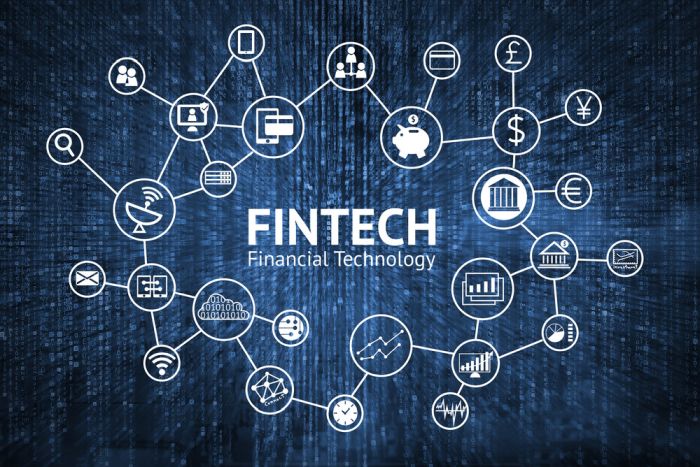Fintech Lending
Fintech Lending vs. Traditional Banks: Consumer Benefits
The lending landscape in the Philippines is evolving rapidly. Fintech lending companies are emerging as significant players. These companies offer diverse alternatives to traditional banks. Both sectors provide crucial financial services to Filipinos. However, they cater to consumers in distinct ways. This article explores the consumer benefits that each offers, providing a detailed comparison.
 Fintech Lending Companies
Fintech Lending Companies
Fintech lending companies leverage technology extensively. They streamline loan processes, making them more efficient. Online platforms simplify application procedures for borrowers. Approvals happen remarkably quickly. Borrowers often receive loan funds within hours of approval. This speed constitutes a major advantage, particularly in urgent situations. Fintech lenders frequently serve individuals underserved by traditional banks. This includes those with limited or no credit history, along with small businesses.
These companies use data-driven approaches to assess creditworthiness. Algorithms analyze various data points beyond traditional credit scores. This analysis can include online behavior, transaction history, and other digital footprints. This method allows for more inclusive lending practices. Fintech lenders also provide flexible repayment options. Borrowers can often choose repayment schedules. These schedules align more closely with their individual income patterns and cash flow.
Moreover, many fintech lenders operate with lower overhead costs than traditional banks. This efficiency can translate to more competitive interest rates and fees for borrowers. The streamlined processes and reduced paperwork further enhance the overall customer experience.
Traditional Lending Companies
Traditional lending companies, such as banks, possess a long and established history in the Philippines. They offer a wide range of financial products beyond loans. These include savings accounts, checking accounts, and mortgages. Banks often provide lower interest rates. This is especially true for secured loans, where borrowers offer collateral. They have built strong reputations over many years. This provides a sense of stability and security for many borrowers.
These institutions offer in-person services through extensive branch networks. Branches are located across the country, even in remote areas. Customers can receive face-to-face assistance from bank personnel. This personalized interaction can be valuable for complex financial transactions. Banks also focus on building long-term relationships with their customers. These relationships can lead to more favorable loan terms and customized financial solutions over time. Furthermore, traditional banks adhere to strict regulations set by the Bangko Sentral ng Pilipinas (BSP), providing an additional layer of consumer protection.
Consumer Benefits: A Detailed Comparison
Fintech lenders excel in providing speed, convenience, and accessibility. They offer a compelling value proposition for individuals seeking quick access to funds. Their digital platforms are user-friendly, catering to the needs of tech-savvy consumers.
Traditional banks, on the other hand, offer stability, security, and a wider array of financial products. They are well-suited for individuals and businesses with complex financial needs. They also provide personalized service and the assurance of dealing with established institutions.
In conclusion, the best choice depends on the borrower’s specific needs and priorities. Borrowers who prioritize speed, ease of application, and accessibility may find fintech lenders more appealing. Individuals and businesses who value stability, a comprehensive suite of financial services, and personalized interaction may prefer traditional banks. Both sectors play a vital and complementary role in the evolving Philippine financial ecosystem, contributing to greater financial inclusion and economic growth.
Here are some well-known Fintech Lending companies in the Philippines:
While this article provides a general comparison of Fintech Lending and Traditional banks, it doesn’t name specific Fintech Lending companies in the Philippines. Here are some examples:
- GCash: While widely known for its mobile wallet services, GCash also offers lending options.
- Maya: Similar to GCash, Maya is another major player in the Philippine digital finance space that provides lending services.
- Home Credit Philippines: This company provides consumer financing, often for the purchase of gadgets and appliances, and utilizes fintech in its operations.
- Tala: Tala provides quick and easy access to small loans through a mobile app.





This Post Has 0 Comments